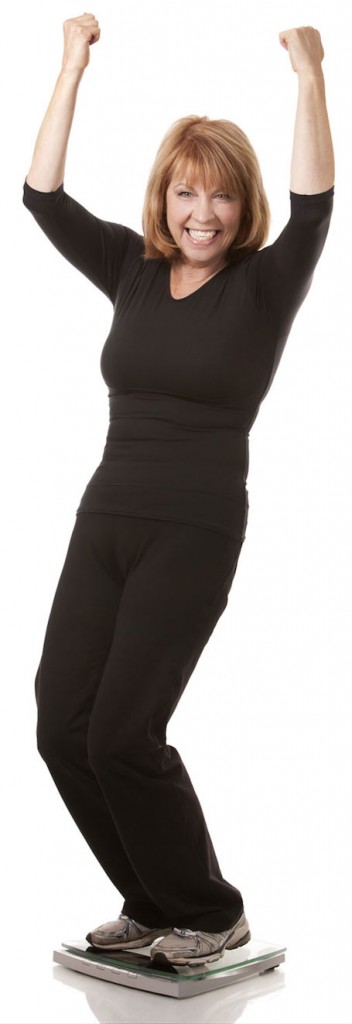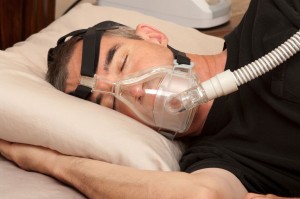Treatments for Snoring & Sleep Apnea
For milder cases of sleep disordered breathing, eliminating contributing factors can result in significant improvement:
- Weight loss: Studies indicate a 10% weight loss decreased breathing cessation by 26%.
- Quitting smoking
- Allergy treatment
- Elimination of alcohol and sedative use (particularly near bedtime)
- Change in body position during sleep: Sleeping supine (on the back) can allow lax tongue muscles to fall back into the throat. Repositioning to the side or stomach, or propped up can improve SDB.
For moderate to severe OSA, treatments which open up the blocked airway are available.
Continuous Positive Airway Pressure (CPAP)
Continuous positive airway pressure is considered to be the most effective treatment for moderate to severe OSA. During sleep, a machine delivers continuous air pressure through a mask that covers the nose. This air pressure keeps the airway passages open eliminating snoring, apneas, and hypopneas. CPAP is especially helpful for patients with an RDI higher than 20. Patients who regularly use nasal CPAP treatment are reported to have significant improvements including:
- Feeling more rested after the first night of treatment
- More normal sleep patterns after 1 week
- Improved insulin sensitivity and blood pressure
- Improved quality of life and daytime functioning
- Less depressive symptoms
- Increased vagal tone and cardiac output
- Reduced risk of cardiovascular mortality
Some patients experience tolerance problems, difficulty with the initial pressure, claustrophobia, and some minor side effects with CPAP.
Other airway pressure devices that are available for obstructive sleep apnea include:
- Expiratory positive airway pressure (EPAP): Available as a prescription or over-the-counter, EPAP uses a recently developed technology consisting of single use devices which are placed over the nostrils. A valve redirects air through small holes that create resistance when the patient exhales, keeping the airway open.
- Autotitrating positive airway pressure (APAP): Pressure is continually adjusted as the patient sleeps.
- Bi-level positive airway pressure (BiPAP): Provides more pressure during inhaling and less when exhaling.
Oral Appliances to Treat Snoring and Obstructive Sleep Apnea
For some patients, a mandibular repositioning device (MRD), or mouthpiece, can improve the anatomy of the airway and alleviate snoring and mild sleep apnea. These devices, custom made by a dentist, are adjustable and open the throat by holding the lower jaw in a forward position while the patient sleeps.
If you have any issues with snoring or possibly obstructive sleep apnea please call our office at 817-332-8848 to set up an appointment or submit an online appointment request.

